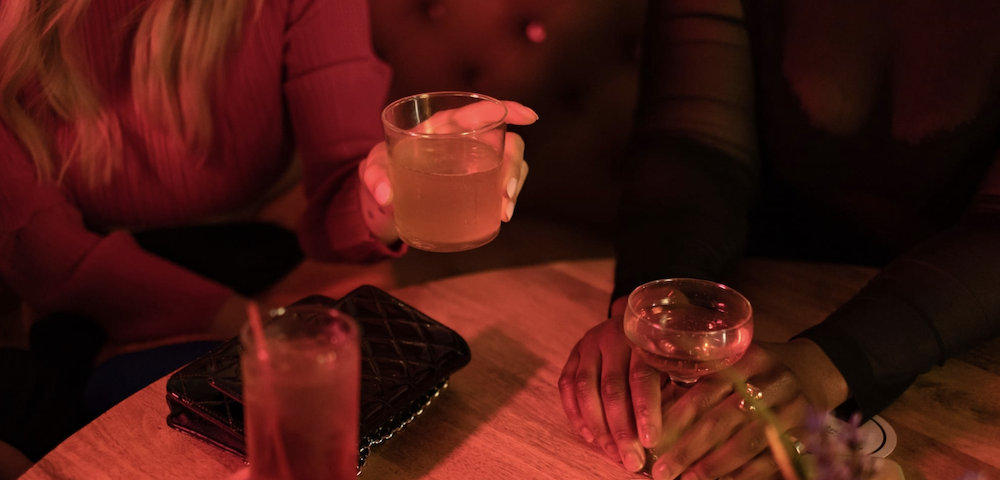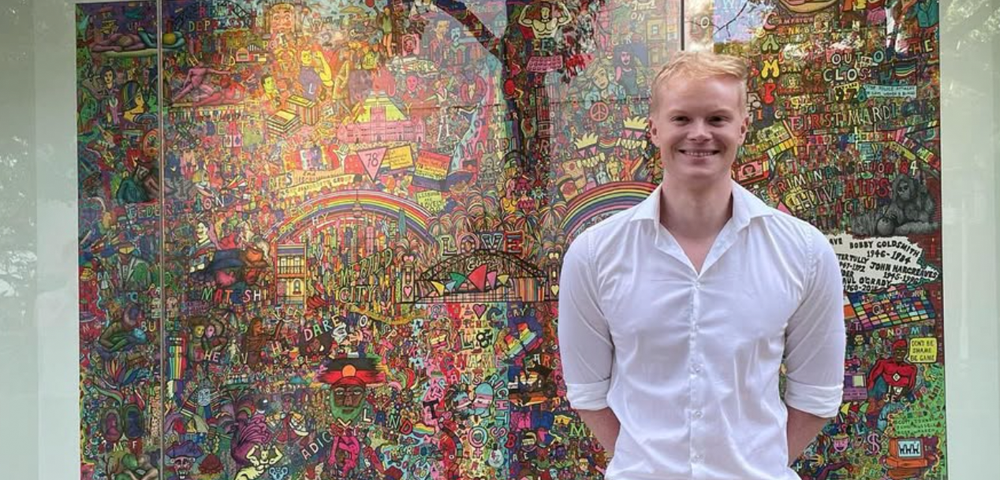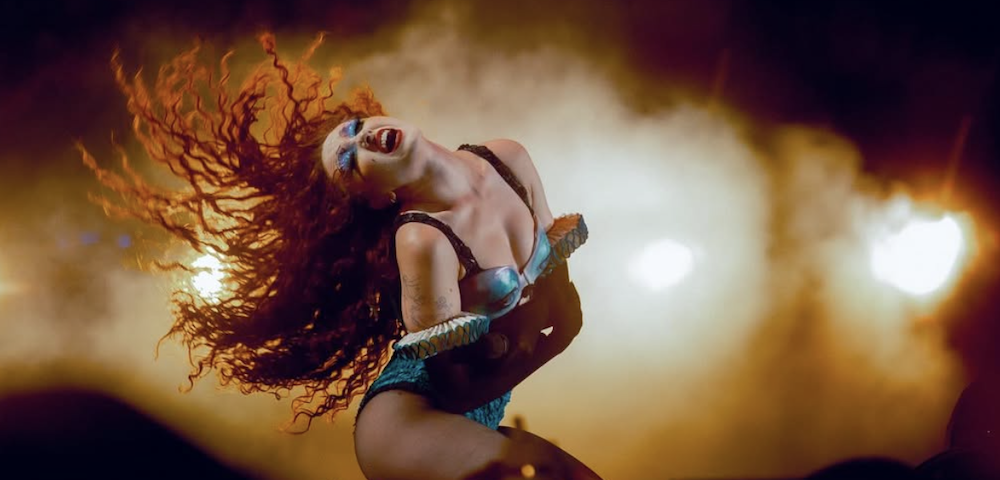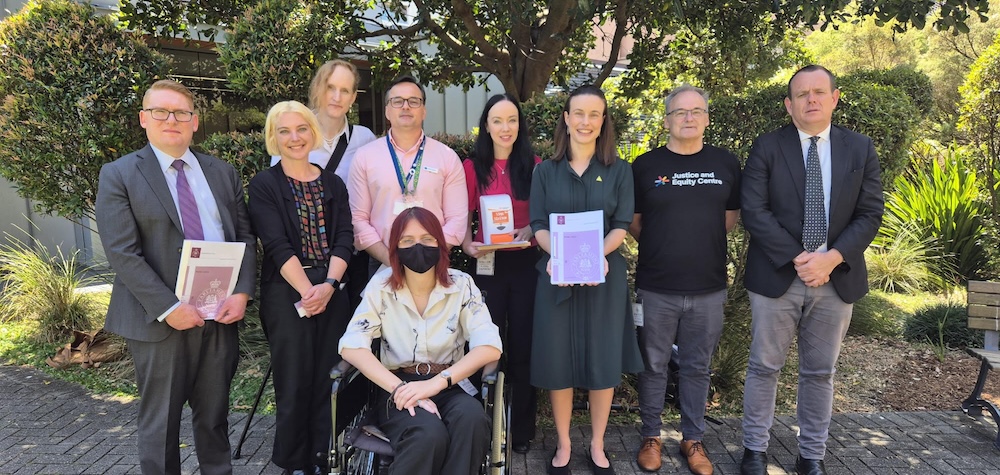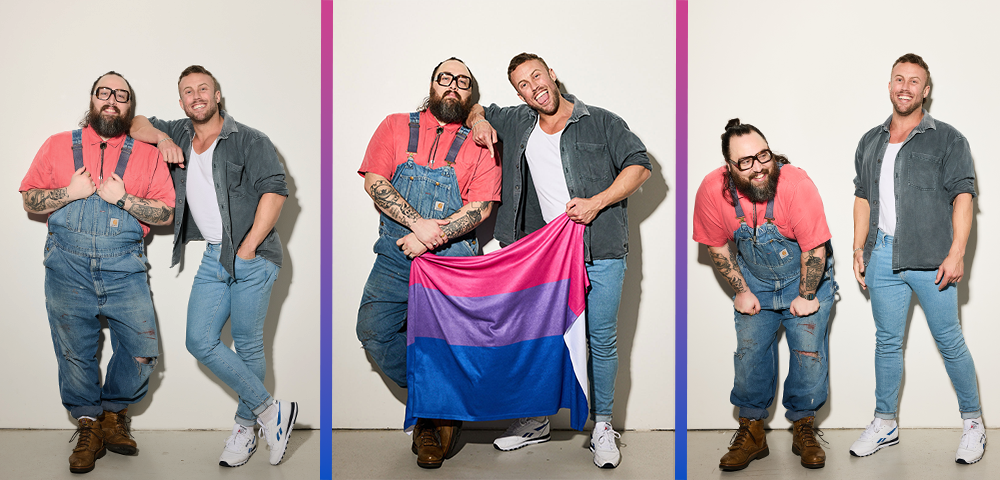
IDAHOBIT: Understanding Inclusion At Work

Lisa Annese, CEO, Diversity Council Australia for International Day Against Homophobia, Transphobia and Biphobia (May 17th)
Each year on 17 May, more than 130 countries celebrate International Day Against Homophobia, Biphobia, Interphobia and Transphobia (IDAHOBIT).
IDAHOBIT has been marked since 2004, and this year it will be much more of a day of reflection than it is for celebration.
Despite the tremendous strides towards equality for LGBTQI people in Australia over the past three decades, there is still so much more to be done. There are gaps in Australia’s federal anti-discrimination protections for people with intersex variations and non-binary gender identities; and in NSW, bisexual people are not protected by anti-discrimination laws.
Certain service providers are allowed to discriminate against gay, lesbian, and transgender people, a situation that could worsen under the proposed religious freedom legislation.
Babies born with intersex variations still undergo invasive medical procedures. And in some states, trans and gender-diverse people are still required to undergo surgery or medical treatment prior to changing their sex or gender marker on birth certificates.
And while workplaces have made huge improvements in welcoming and including LGBTQI people, a report released earlier this year from DCA and Pride in Diversity showed that for people who are culturally diverse and LGBTQI, current workplace D&I initiatives weren’t addressing the nuances of their intersectional identities.
Based on the findings of a survey of almost 200 culturally diverse LGBTQI workers, the report found that for more than half (55%) of respondents the combination of their cultural background and LGBTQ status negatively affected their workplace experiences.
Many respondents told us that they felt like these two aspects of their identities made them much more susceptible to discrimination:
There is just a bigger package of reasons for some people to hate us. I think it makes us an easier target.
This wasn’t surprising, but it was dismaying. It is similar to what we hear from culturally diverse women in Australia. Those women find that their gender and cultural background combine to create a double jeopardy at work. For culturally diverse LGBTQI people, this double jeopardy could be further amplified by the stigma around being LGBTQI.
Other people in our study told us that their workplace didn’t connect these intersecting parts of their identity. For them, D&I programs were either about being LGBTQI or about cultural diversity – but not both.
My experience as being both culturally diverse and part of the LGBTQI community at work don’t really interconnect and are completely separate. We have diversity and inclusion programs/teams which focus on cultural diversity, and those that focus on LGBTQI, but none that focus (or even work together) on various inclusion considerations at the one time in a joint/collaborative way.
So how can organisations improve their understanding and inclusion of culturally diverse LGBTQI people?
They can start learning more about the experiences of people from different backgrounds. Creating safe spaces for people from culturally diverse backgrounds who are also LGBTQI to share their opinions and experiences. They can increase the visibility of culturally diverse LGBTQI leaders and role models involved with leading D&I initiatives. And they can consciously ensure intersectionality is part of all D&I programs.
As Australia starts slowly relaxing restrictions, and workplaces are starting to make plans for returning to offices, it’s a good time for us to pause and reflect on what inclusion means for everyone in our workplaces, and in particular our LGBTQI colleagues from diverse backgrounds.




